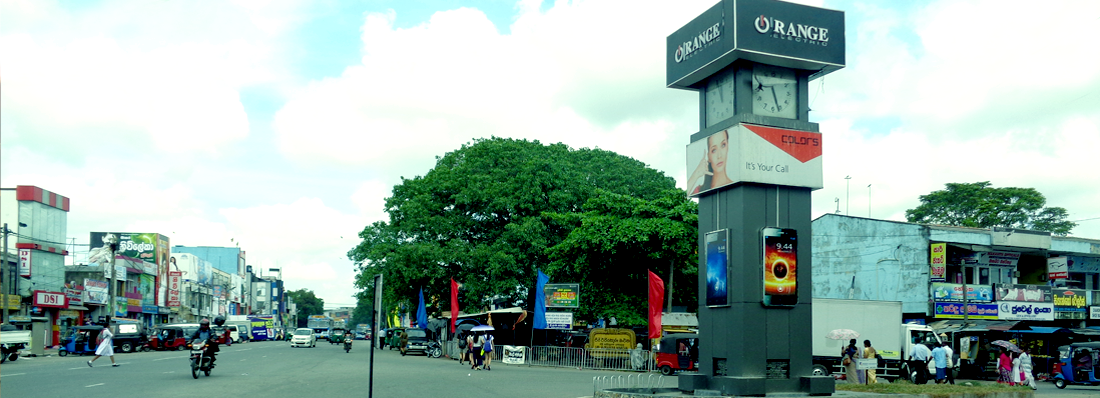History
This local government body, which was established as a town council just limited to an area of about 5 square kilometres in 1963, was expanded into a large area of 21 square kilometres and was made a Pradeshiya Sabha in 1988.
On 10 January 2002, this Pradeshiya Sabha was upgraded to an urban council and was given the official name of “Maharagama Urban Council” by the Gazette Extraordinary of the Democratic Socialist Republic of Sri Lanka by Mr. Alick Aluvihare, who was the then Minister of Home Affairs, Provincial Councils and Local Government. In terms of the said gazette notification, the area consisting of the 41 Grama Niladhari Divisions shall be a city and the boundaries specified therein shall be named as administrative boundaries. The term of office of the Maharagama Urban Council commenced on 12 April 2002.
Located in the Colombo District of the Western Province, Maharagama Urban Council consists of an area of 39.4 square kilometres and borders Kotte Municipal Council and Kaduwela Municipal Council from the north and northwest, Homagama Pradeshiya Sabha from the east, Kesbewa Urban Council from the south, and Dehiwala Mount Lavinia Municipal Council from the west.
Maharagama Urban Council is located 16 km south-east of the City of Colombo, and shows a high growth in terms of population and physical resources. The High Level road that runs through the Maharagama city Connects the City with the Capital city of Colombo as well as with the major provincial cities in the Sabaragamuwa and Uva Provinces.
The estimated population in the area by year 2021 was 253,047, and this city has been identified as a densely populated commercial centre and a major residential city. The population in the area in 2014 was 202,557 and the number of properties from which rates were charged was 77,740.
The role and responsibility of this local government body is to provide services of the highest standard to the best satisfaction of the people. Our object is to enhance the living conditions of the people and to develop their physical environment by providing the necessary infrastructure in order to realize the aspirations of the people for their wellbeing and to enhance regional economic development through balanced and sustainable development of the area.

